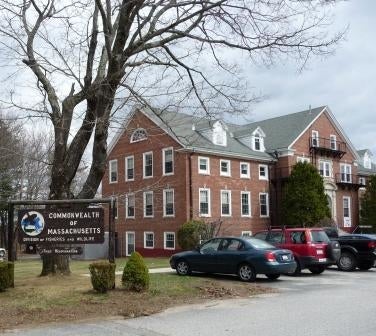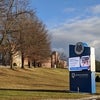Westborough Project To Be Energy Neutral
The state plans to renovate and greatly expand the Division of Fisheries and Wildlife's headquarters in Westborough as one of the first "zero-net-energy" buildings in the Bay State.
Zero-net-energy buildings generate the energy they need onsite through harnessing new technologies and renewable energy sources. Such efforts are part of a statewide strategy to reduce reliance on nonrenewable sources of energy, such as oil and natural gas.
Natural Options
Among the green aspects being considered for the Division of Fisheries and Wildlife building - at 1 Rabbit Hill - are mixed-ventilation systems including natural ventilation and under the floor air distribution. Geo-thermal heat pumps, a high performance building envelope, storm water collection systems and onsite photovoltaic power generation are all being studied, according to state officials.
While it is not clear how much the renovation and expansion will cost, legislation was passed last year that included $25 million in state bond funds for the project. The plan calls for the construction of a 34,000-square-foot building adjacent to the existing facility, which will be renovated.
Gov. Patrick Deval has been a supporter of green building and environmental sustainability since taking office. He has put into place policies that make it mandatory for new state buildings to meet LEED (Leadership in Energy and Environmental Design) standards, which are set by the U.S. Green Building Council.
A year ago, the governor put together a Zero Net Energy Task Force, which recently released a report on their findings and recommendations.
The Westborough building was selected to be a zero-net-energy pilot project because its location has a lot of potential for using renewable energy.
The current building was part of the former Lyman School for Boys, which was the first reform school in the country. Like many of those kinds of schools, there were main buildings and cottages, mostly brick. The existing building, known as Overlook Cottage, is 13,000 square feet.
MassWildlife's building is at the far end of the complex and has an impressive view from Powder Hill that is unobstructed. It overlooks a 1,000-acre state wildlife management area.
Projects like the one proposed at the MassWildlife "represent a critical step into the future of energy efficient, sustainably designed public buildings," said David B. Perini, Commissioner of the state's Division of Capital Asset Management. "This is a tremendous opportunity for the public sector to take a leadership role in promoting the building technologies that should be the new standard in the coming years."
Sign up to receive MetroWest495 Biz today!











0 Comments